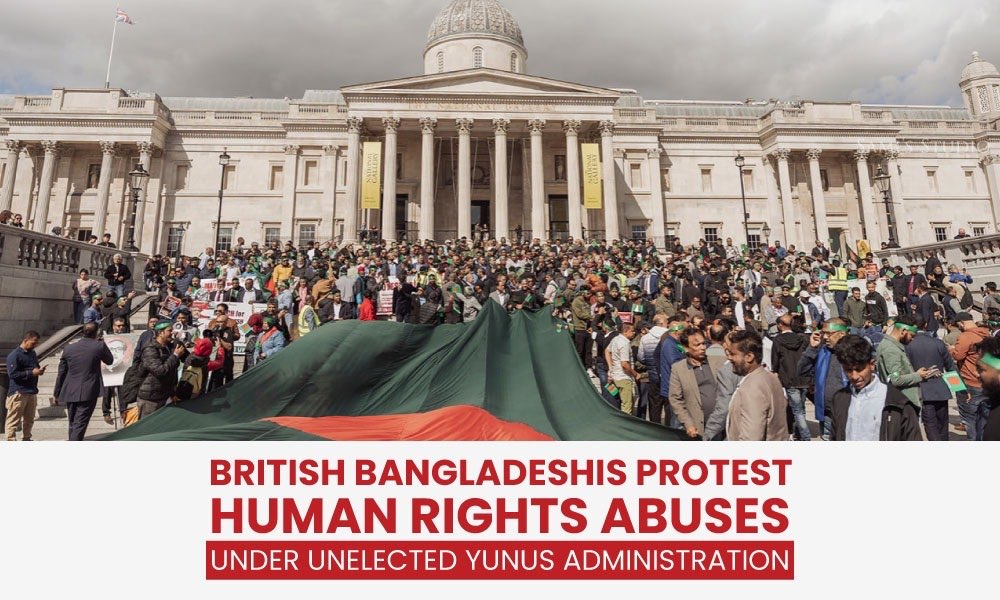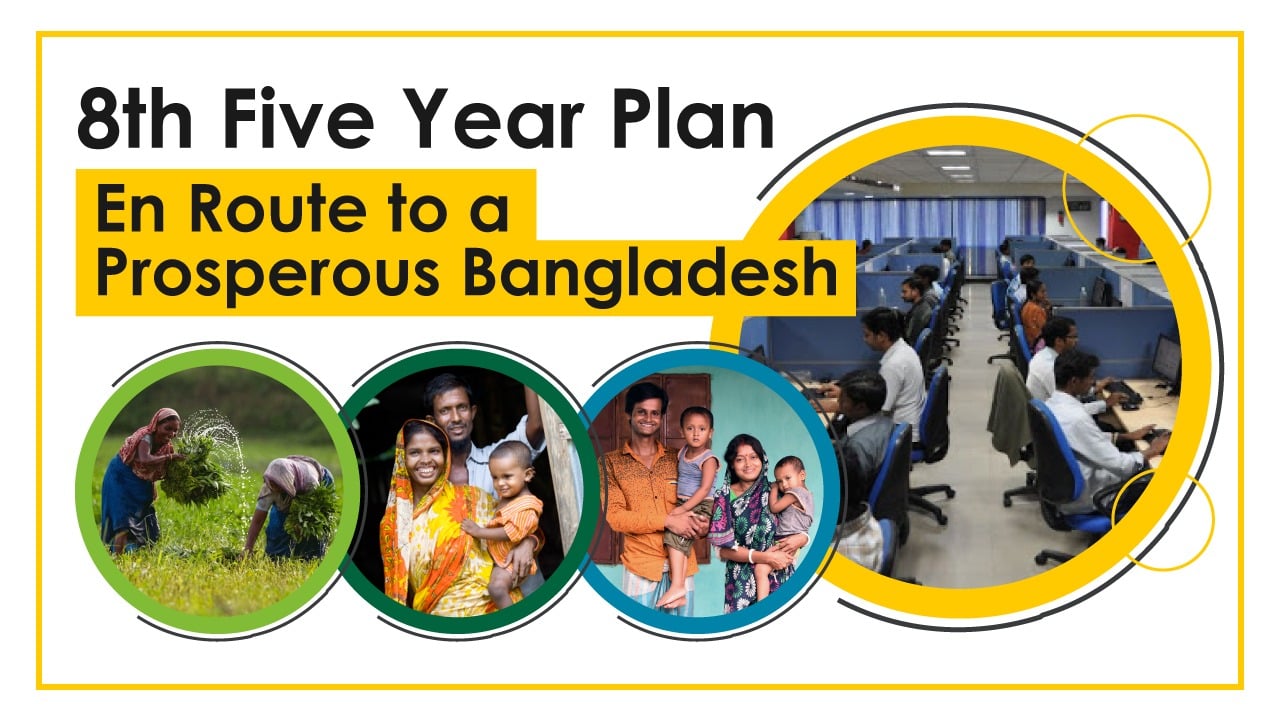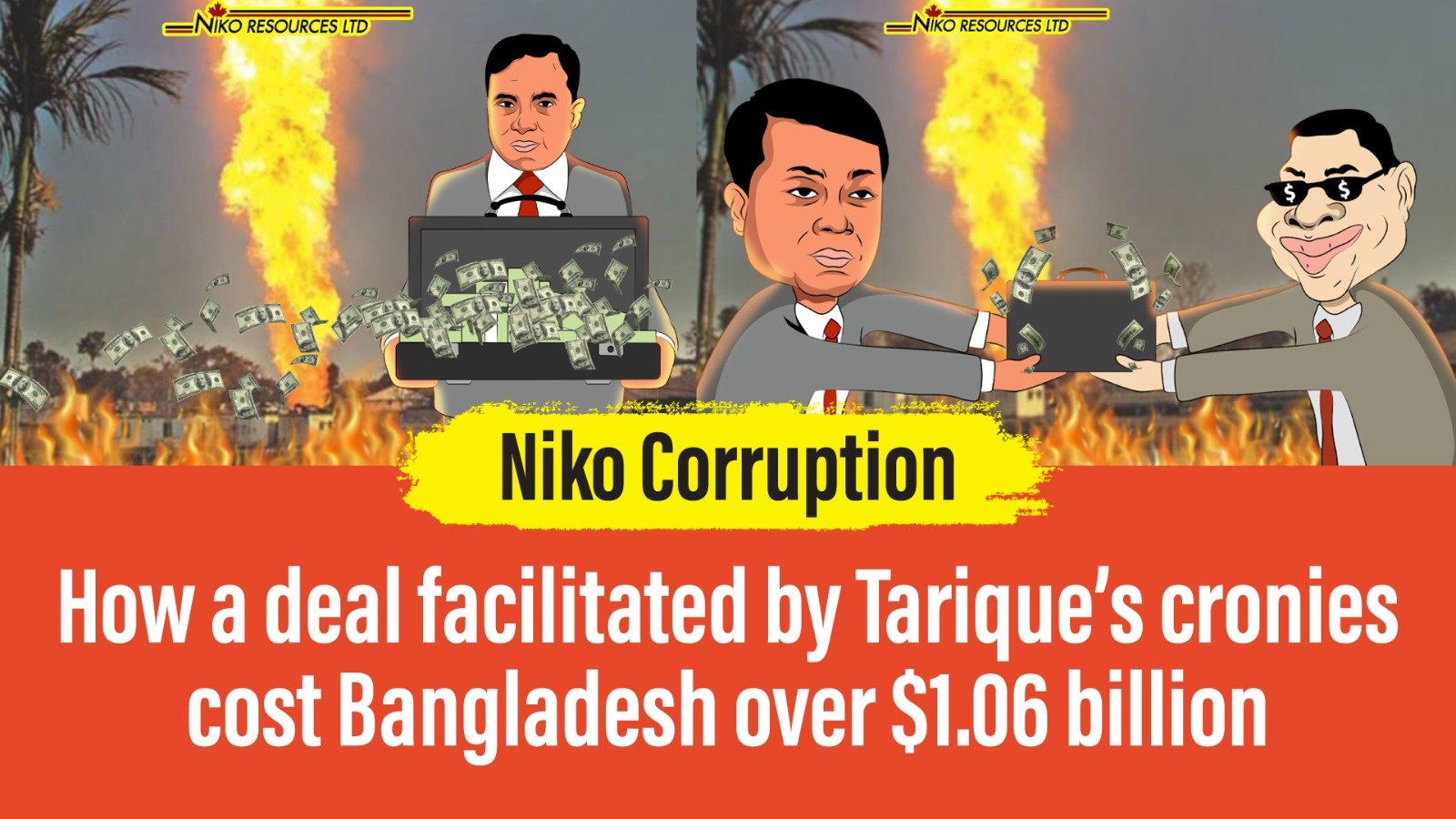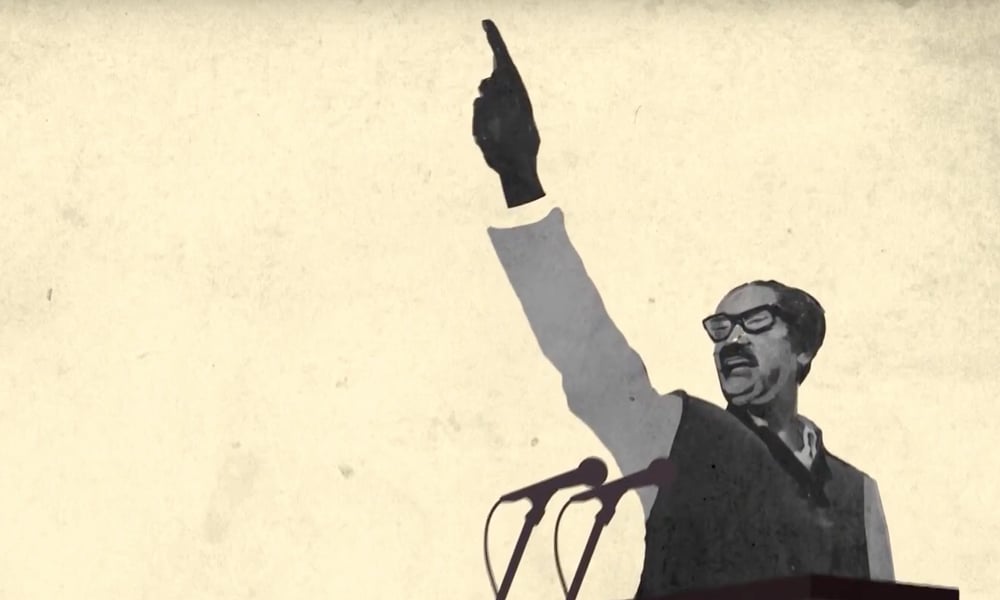2122
Published on January 12, 2015After assuming power for the second term in a row in 2014, Prime Minsiter Sehikh Hasina embarked on a plan to fast track six projects with an aim of reshaping the country's economic outlook, improving communication and accelerating GDP growth.
In a momentous feat, these six high priority projects, meant to change the progress of the nation, demanding $16 billion to implement were placed under the Fast Track Project Monitoring Committee headed by the prime minister herself.
In a bid to speed up implementation of these projects, the committee was formed to bulldoze through all kinds of hurdles making sure that these are implemented as fast as possible.
The projects are: The Padma Bridge, deep-sea port in Sonadia, metro rail in Dhaka, a massive coal-fired power plant in Rampal, Rooppur Nuclear Power Plant and an LNG terminal in Maheshkhali.
With stunning steps achieved by relentless monitoring, the committee led the countrymen to witness a successful 2014 marking gigantic steps towards making these mega projects to a reality.
Fuelled by full swing progress in these mega projects, the committee included two more projects this year.
The $4.5 billon Matarbari coal-fired power plant (capacity 1,200MW) that secured Japanese funding mid last year was placed under this committee as the seventh high priority scheme and the deep-sea port project at Payra of Patuakhali as the eighth fast track project.
In this report we will put light in the developments the committee oversaw in the implementation of these projects over the last year. Besides, remarkable progress in the other two newly added fast track projects were mentioned.
Padma Bridge:
Padma Bridge is the country’s largest infrastructural undertaking so far. More than 19 districts will be served by it. When the bridge comes into operation it is estimated that it will boost the GDP growth by 1.23%. The government has set the target of completing the project by 2018. Around 3,500 people are currently working for the bridge, with 500 of them from China and the rest from Bangladesh. Over 200 Chinese engineers, officials and laborers are now working for the project. In January and February, another 6,000 workers will join in.
According to the Bangladesh Bridges Authority (BBA), around 24% of the project has been implemented until November 2014, with the processes of awarding work orders to consultants and contractors for the six key components of the bridge having been finished. 28.5% of the approach road at the Mawa point and 20.5% of that at the Jajira point have been completed and the development of the service area is moving fast. In December 2014, works for the infrastructure of the main bridge, river training and consultancy started in full swing and progressing quickly.
In November last year, the government signed a Tk 8,708-crore river training deal for the Padma Bridge with Sinohydro Corporation Ltd. The Chinese firm will deal with checking erosion, maintaining navigability and dredging more than 11-kilometre area in the river near Jazira and three-km area at Mawa under the four-year agreement. River training is the second most expensive component of the government-financed $3 billion Padma Bridge Project. It was the final agreement of the seven components of the project.
Taking a giant leap forward, Bangladesh also entered a Tk 383.15 crore deal with a joint venture of six companies for the supervision consultancy job of the Padma bridge project. Under the four-year deal, the joint venture, led by Korean Expressway Corporation, will supervise the construction of the main bridge and river training works. The Cabinet Committee on Purchase on October 13 awarded the supervision consultancy job to Korea Expressway Corporation and its partners Pyunghwa Engineering Consultants Ltd, Korean Engineering Consultants Corporation, Sunjin Engineering and Architecture Co, ACE Consultants Ltd (Bangladesh), and DevConsultants Ltd (Bangladesh).
In addition, plans to build a new cantonment at the Padma Bridge project site have been chalked out and the army has sought Tk 1,774 crore to build the security installations for the bridge. The government is going to divert money from sluggish and low-priority development projects to fund the construction of the new cantonment.
A number of ancillary benefits have also accrued from this project, especially in the communications in the three districts of Munshiganj, Shariatpur and Madaripur. For instance, the Dhaka-Mawa Highway has been proposed to be upgraded to a four-lane highway. The Mawa-Munshiganj road has been broadened to accommodate access to the new ferry terminal at Shimuliya. Economic uplift of the neighbouring regions are already being felt, as real estate is seeing improved prices and jobs in construction are being created for thousands.
Dhaka Metro Rail Project:
Process for constructing Bangladesh’s first mass rapid transit (MRT) system, commonly known as metro rail, started officially in April 2014 with Cabinet’s approval of the Metro Rail Act 2014. The alignments and designs for the 16 stations to serve the urban rail network were announced in September 2014. The detailed designs are expected to be finalized by July of this year. Eight tenders would be floated in six packages in 2015 for the 21 km network, which would be followed by the physical construction of the system. The project is expected to be complete within four years. Basic design of the project is already done, and the government has secured 22 hectares of land for the metro rail depot. The process of appointing consultant is going on. Besides, the tasks of soil test of the MRT-6 route and detailed design of the project are also underway. In a major breakthrough in building the country's first metro rail system in Dhaka, Japan has approved $2.1 billion in soft loan for the $2.7 billion project. In November last, the government signed a contract with a consortium of consultants who would prepare detailed project design, supervise construction and help manage Dhaka Mass Rapid Transit Development Project, the official name of the metro scheme.
Rooppur Nuclear Power Plant:
The construction process of the 2,000MW nuclear power plant comprises of three phases. The first one has been completed. In line with the schedule, the second one is in progress, and in some areas, ahead of the schedule. Rosatom, state-owned company of Russia, began working at Rooppur in mid 2013 and is now conducting a techno-feasibility study with a loan of half a billion US dollars. Rosatom's sister concern Atomenergoproekt, which is carrying out the study, has recently floated a tender for engineering survey, environmental monitoring and development of project documents for the Rooppur project site. The $18 million job will be completed by September, after which the plant's construction will begin. Construction of the nuclear reactor would start in early 2017 with a target of completing it by 2020 so that the plant can start trial operation the following year.
LNG Terminal:
Aiming to facilitate import of 500 million cubic feet (mmcf) LNG per day from the Middle East, Petrobangla floated the tender for constructing a Liquefied Natural Gas (LNG) terminal in 2010. Tentative deadline for the construction to be completed was set till mid July 2016. Once being constructed, the terminal would not only diversify the country's primary energy sources but also ensure that the gas-based industries and installations don't face a sudden death in the near future.To this end, a draft agreement with the joint venture was made.
Deep-Sea Port at Sonadiya:
In September, the International Finance Corporation (IFC), private sector financing wing of the World Bank Group, expressed interest to offer advisory support to Bangladesh in building a deep-sea port at Sonadia, Cox’s Bazar. The government is considering Paira of Patuakhali, instead of Sonadia, as the site for the proposed deep-sea port.To that end, they have already submitted a concept paper to the Ministry of Shipping for development of the proposed port. IFC has proposed to draw up a comprehensive scheme outlining the measures to be undertaken by the government for the development of the said port. According to a Japanese study in 2009, Bangladesh could build the Tk 40,000-crore port at Sonadia in three phases. the government was considering building the port, involving at least three countries -- China, Japan and India -- among others. The PM also wanted to involve the UAE-based Dubai Port World Authority and the government of the Netherlands in the scheme.
Rampal Power Project:
The 1,320MW coal-fired Rampal power project is expected to generate power for the national grid in 2018. 30 percent of the total cost will be met up by the two neighboring countries jointly. The rest will be financed taking loans. The Indo-Bangla joint venture undertook the construction work. In a bid to make the power project less harmful to the environment, the project would see adoption of a very rare one “super critical technology” in its building process. Although India will bear 15 percent of the total cost, Bangladesh will get cent percent share of the electricity generated inside the plant.
Third Sea port at Payra:
In the last week of December 2014, the government announced conducting a feasibility study with its own finance on the planned third seaport of the country at Payra, Kuakata. In December, London-based firm HR Wallingford was appointed to conduct the techno-feasibility study of the proposed seaport. The port, the work for which started in November 2014, will be built under public-private partnership. The Ministry of Shipping, for developing the necessary infrastructure and facilities of the new port, has undertaken a US$ 109.8 million project in this regard. Under this project, 6000 acres of land will be acquired for the port, a five-storied administrative building will be constructed, some vessels and survey boats will be purchased and a 5.6 km long approach road will be built along Patukhali-Kuakata highway. The operation of the seaport is expected to begin by 2017 after completion of the necessary works.
Photo Credit: The Daily Star














